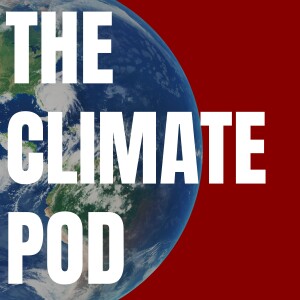
How to Deploy Clean Energy While Minimizing Environmental Impacts (w/ The Nature Conservancy's Jessica Wilkinson and Nels Johnson)
 2023-05-17
2023-05-17
In order for the United States to hit its Net Zero Emissions Goal by 2050, it's estimated that 3,100 gigawatts of wind and 3,500 gigawatts of solar capacity will be need across America. If clean energy developers continue to site and build as they are doing now, the land required to host all of that solar and wind generation will be larger than the state of Texas! In addition to the massive amount of land required for these critical clean energy resources, we also need new transmission lines that bring the electricity generated back to the communities and homes that can actually use it. All of this development can be harmful to the nearby lands, waters, and ecosystems if careful planning isn't undertaken. That's why The Nature Conservancy released their latest report "Power of Place: National".
This week, we spoke with Jessica Wilkinson, North American Renewable Energy Team Lead at The Nature Conservancy, and Nels Johnson, Senior Advisor for Renewable Energy for the Nature Conservancy, to talk about this report and explain the strategies and technologies necessary to reduce the impacts of America's clean energy transition by as much as 70%.
Subscribe to our Substack newsletter "The Climate Weekly"
As always, follow us @climatepod on Twitter and email us at theclimatepod@gmail.com. Our music is "Gotta Get Up" by The Passion Hifi, check out his music at thepassionhifi.com. Rate, review and subscribe to this podcast on iTunes, Spotify, Stitcher, and more! Subscribe to our new YouTube channel! Join our Facebook group.
More Episodes
Create your
podcast in
minutes
- Full-featured podcast site
- Unlimited storage and bandwidth
- Comprehensive podcast stats
- Distribute to Apple Podcasts, Spotify, and more
- Make money with your podcast
It is Free
- Privacy Policy
- Cookie Policy
- Terms of Use
- Consent Preferences
- Copyright © 2015-2024 Podbean.com






